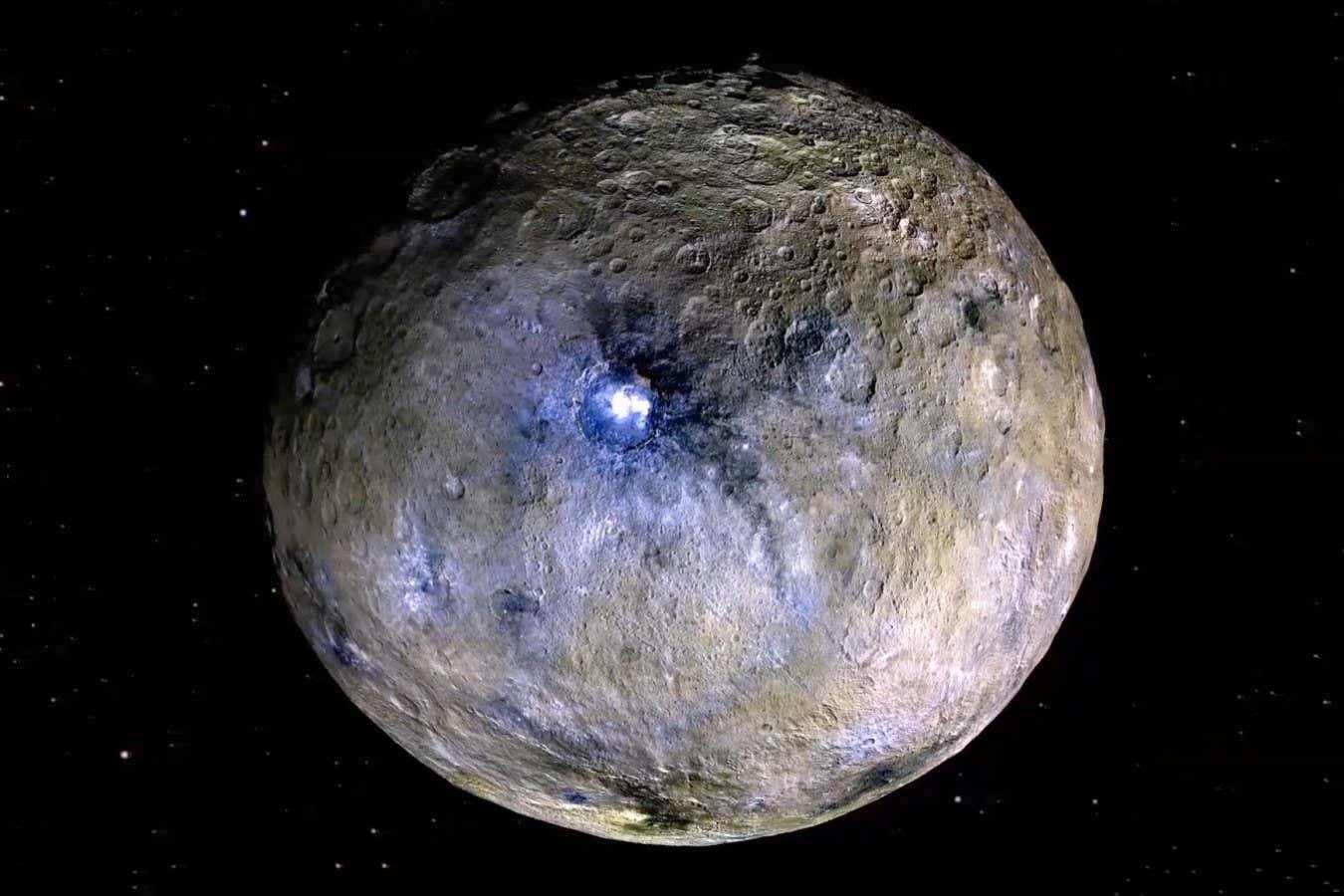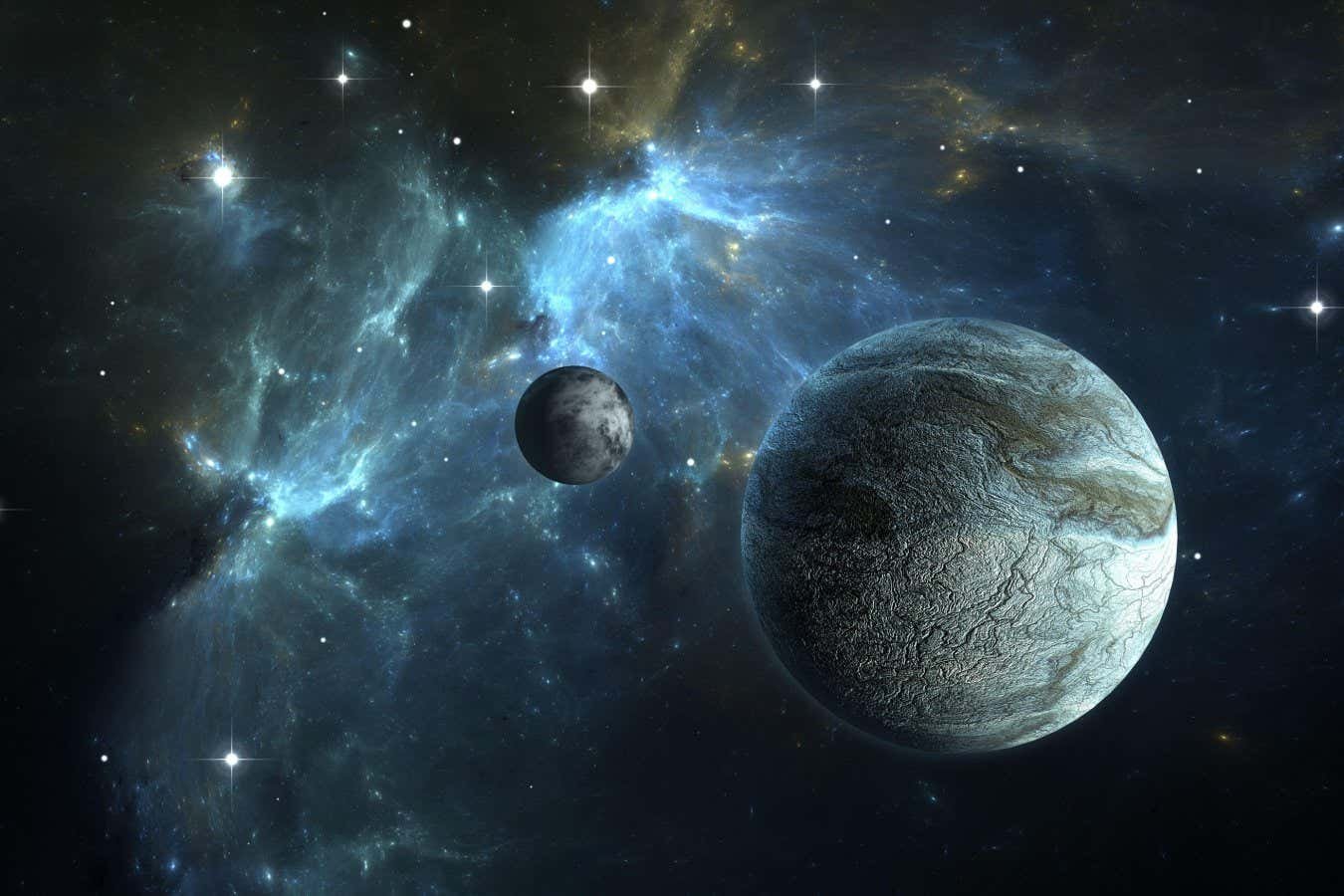
The icy dwarf planet Ceres may once have been habitable
NASA/Jet Propulsion Laboratory (JPL)
The dwarf planet Ceres looks cold and dead, but a billion or so years after its formation, it may have had a warm interior that made it habitable.
Sam Courville at Arizona State University says he can’t speculate on whether life ever arose on Ceres – but had this happened, the dwarf planet’s past environment may have enabled that life to survive.
Previous research has indicated there could be water ice and organic molecules on Ceres, pointing towards the possibility of life. But in this study, the researchers focused on what these alien life forms would have eaten. They considered microbes like those that live in hydrothermal vents in Earth’s oceans and extract energy directly from chemical molecules, rather than from consuming other organisms. Could similar microbes have survived in the oceans of ancient Ceres?
The team modelled Ceres’s past on a computer, finding that when it was between half a billion and 2 billion years old, pores close to its hot core could have released fluids that then mixed with the colder water in its oceans. That process could have delivered the chemical “food” that microbes would have needed.
If we want to find evidence of past or current life in our solar system, says Amanda Hendrix at the Planetary Science Institute, we need to look to worlds like Ceres that have – or once had – oceans.
Strikingly, the type of microbial life support that the team identified could also have occurred on other Ceres-sized icy objects. It may mean more planets than we expected could be habitable at some point in their evolution.
“If Ceres was habitable in the past, then probably there are tens of asteroids and moons that were also habitable in the past. And if you can keep them hot, maybe [they are] still habitable today,” says team member Joe O’Rourke, also at Arizona State University.
Habitability thus might be “a natural consequence of putting the right ingredients together, which seem to be the common ingredients in the solar system”, says Courville.
But many details remain to be ironed out, even just for Ceres. The researchers say their model would benefit from a precise chemical analysis of minerals on the planet’s surface, some of which may have been brought up by underground flows. But no spacecraft that might be able to collect them has ever landed on Ceres.
Topics:




